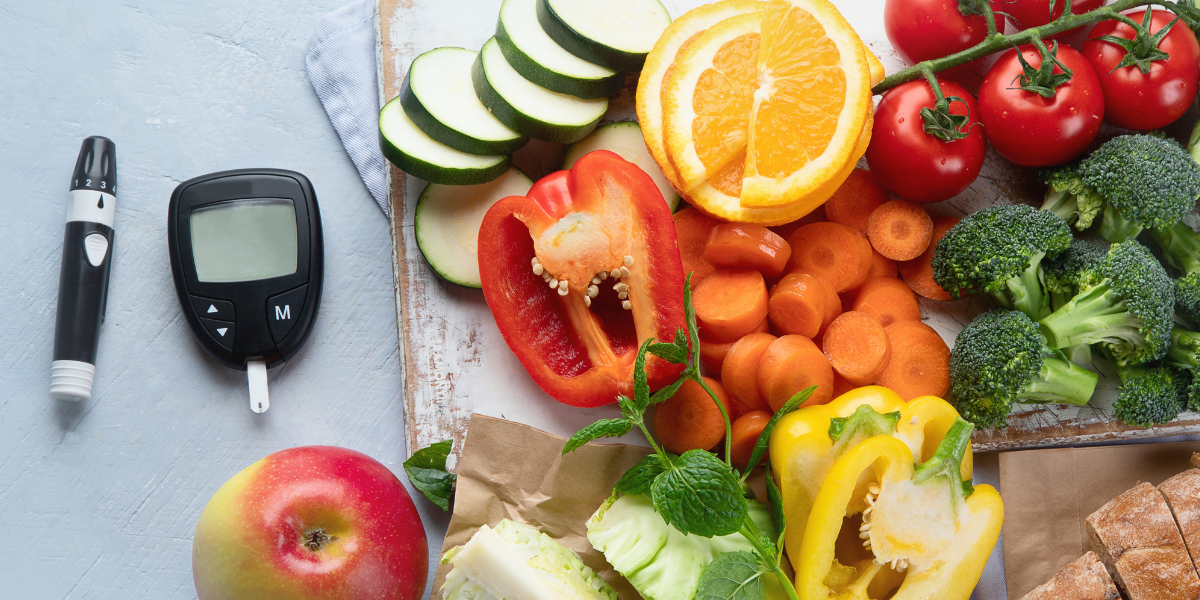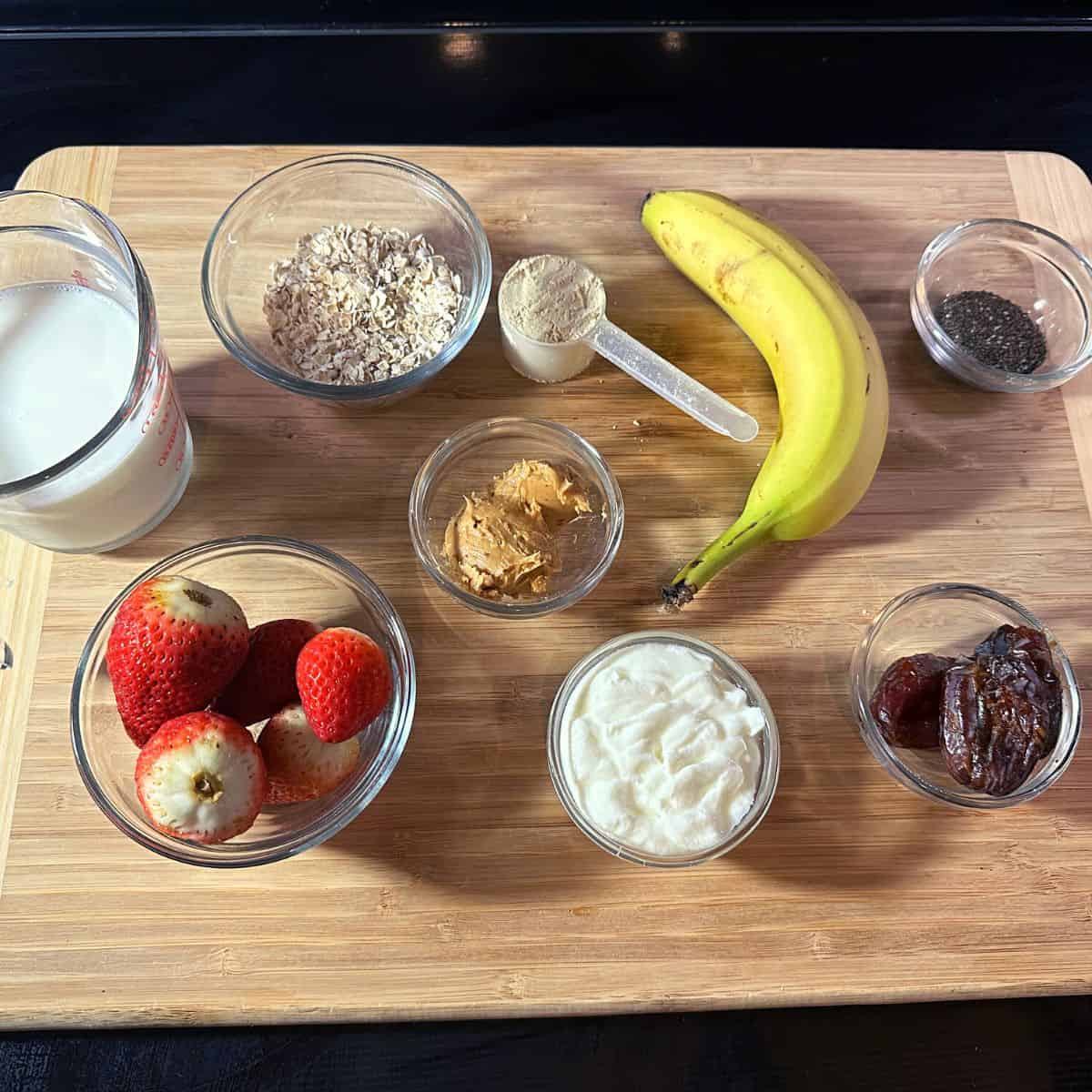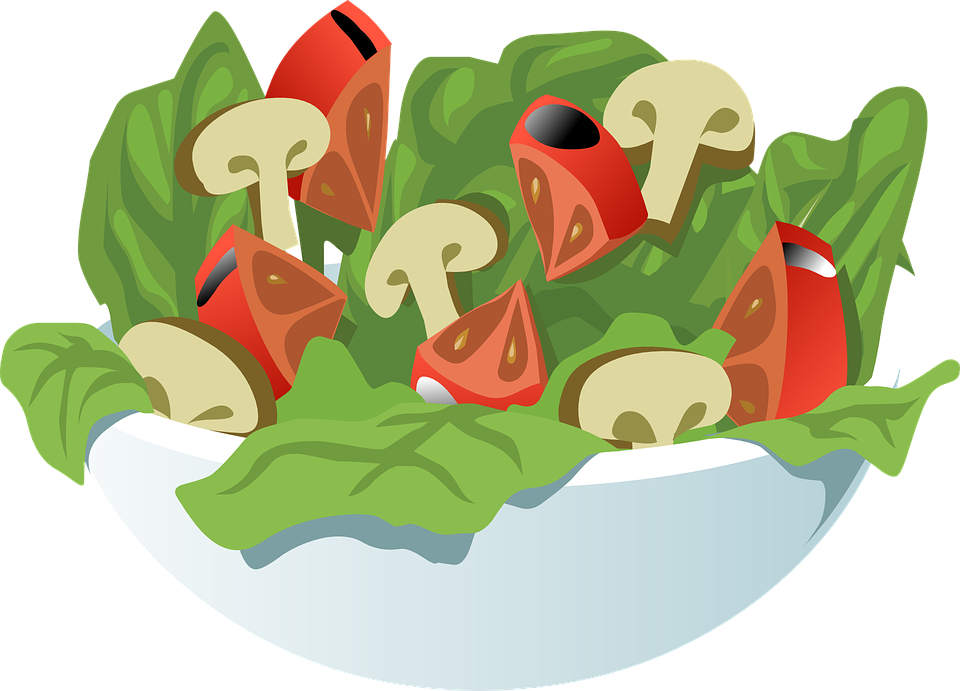No specific diet is recommended for diabetes. The foods you eat can affect not only how you manage diabetes but also your energy levels and the way you feel . The carbohydrates that you consume and drink will be broken down to glucose. Your blood glucose level and diabetes management can be affected by the type and amount of carbohydrates you consume.
These facts will help you learn about the five major food groups that are part of a balanced, healthy diet.
Eat from the main food groups
The amount of food and liquids you should consume depends on your age and gender as well as how active you are. It also depends on the goals that you have. No single food can provide all the nutrients that your body requires.
A healthy diet revolves around variety. Choose different foods each day from the main groups of food.
When we say balance, we mean eating more certain foods and less others. In recent years, portion sizes have increased as plates and bowls have become larger. It can be harder to control your weight if you eat larger portions. We have more information about maintaining a healthy weight.
Below we’ve listed the advantages of each food group. Some help protect your heart, while others affect blood sugar levels slowly. Learn how to reduce your risk for complications by making healthy food choices.
What are the major food groups?
- Fruits and vegetables
- Starchy Foods like Bread, Pasta and Rice
- Protein-rich foods like beans, pulses and nuts, as well as meat, fish, eggs and meat
- Dairy alternatives
- Spreads and oils
Fruits and vegetables
Diabetes doesn’t stop you from eating fruit. Fruits and vegetables are low in calories, and they’re packed with vitamins, minerals, and fibre. They add variety and flavour to any meal.
All foods count, whether they are fresh, frozen, canned, or dried. Choose a variety of colors to ensure you get the most vitamins and minerals. Fruit juices and smoothies are low in fibre.
You might avoid fruits and vegetables if you are trying to reduce your carb intake. It’s important to include fruit and vegetables in your daily diet. You can also try a low carb meal plan.
Fruits and vegetables are good for you. They can protect you from stroke heart disease high pressure as well as some cancers.
Benefits
- Help to keep your digestive system working well
- Protect the body against heart disease, strokes and certain cancers
How often do you need to use it?
Everybody should aim to consume at least five portions per day. The palm of your hands is about the size of a portion.
What to Try: Examples
- Breakfast can be a melon, grapefruit, berries or dates, apricots, prunes, topped with plain yogurt.
- Add carrots, green beans and peas to your pasta bake
- Add an extra handful to rice, spinach or chicken
- Try mushrooms, cucumbers, spinach, broccoli, cabbage, cauliflower and celery for low carb vegetables
- Try avocados, blackberries and raspberries as well as plums, watermelon, strawberries, plums and peaches for low carbohydrate fruit options
Starchy foods
The starchy foods include potatoes, rice pasta, bread, chapattis naan, and plantain. All of them contain carbohydrates, which are broken down to glucose and used as fuel by our cells. Some starchy foods can cause blood sugar levels to rise quickly. This can make managing diabetes more difficult. We have lots of information on this.
Starchy foods can be improved by choosing those that have a lower glycaemic index. They are foods that have a lower glycaemic indice, such as wholegrains, whole-wheat noodles, and wild, basmati or brown rice. These foods also contain more fibre which is good for your digestion. If you want to reduce your carb intake, start by cutting out white bread, rice, and pasta.
Benefits
- Fiber helps keep your digestive system healthy
- Some affect your blood sugar levels more slowly
- Wholegrains protect your heart
How often do you need to use it?
Every day, eat some starchy food.
What to Try: Examples
- Two slices of multigrain bread with Marmite, peanut butter or a little spread.
- Use brown rice or pasta in salads, stir-fries, or risottos.
- Add toppings such as cottage cheese or beans to a baked sweet potato that has the skin on.
- Cassava boiled with lemon and chilli
- Chapati made from brown or wholemeal flour.
Foods high in protein like legumes, nuts, pulses and meat
Fish and meat are rich in protein which helps to keep your muscles strong. A healthy diet should include less red meat and processed meat, as they have been linked to heart disease and cancer. Fish like mackerel and salmon are rich in omega-3 oils, which protects the heart.
Benefits
- Helps keep your muscles healthy
- The heart is protected by oily fish
How often do you need to use it?
Every day, try to eat something from this category. At least 1 or 2 portions per week of oily fish. You don’t have to eat meat everyday.
What to Try: Examples
- As a snack, a small handful or seeds can be added to a green salad.
- Use beans and pulses to replace all or part of the meat in a dish
- You can choose to have your eggs scrambled or poached. They can also be boiled, fried in a dry pan, or dry-fried.
- Make your own fishcakes, fish pie or grilled fish with Masala
- Grilled, roasted or stir fried chicken
Dairy products and alternatives
Calcium and protein are abundant in milk, cheese, and yogurt. These foods are great for bones, teeth, and muscles. Some dairy products are high in saturated fats, so opt for lower-fat options.
You can check for sugar added to dairy products like yoghurt that are lower in fat. If you prefer a sweeter yoghurt, add some berries. If you’d prefer to use a dairy substitute like soya, make sure it is unsweetened and calcium fortified.
Benefits
- Bones and teeth: Good for your health
- Keeps your muscles healthy
How often do you need to use it?
All of us need calcium each day.
What to Try: Examples
- A glass of milk, straight or with cinnamon added.
- Natural or unsweetened yogurt on fruit or curry
- Cottage cheese scooped onto carrot sticks
- Breakfast cereal with semi-skimmed or skimmed milk
- A cheese sandwich packed with salad for lunch
- Enjoy a lassi, or plain yogurt as part of your evening meal
Oils and Spreads
We need fats in our diet, but less saturated fat. Some saturated fats increase blood cholesterol, which increases the risk of stroke and heart disease. Butter, palm oil and coconut oils are the least healthy choices.
Olive oil, vegetable oils, rapeseed oils, spreads made with these oils and nut butters are healthier fats.
Benefits
- Unsaturated fats protect the heart
What to Try: Examples
- Olive oil drizzled on salad
- Toast with peanut butter
Foods High in Fat, Salt and Sugar
As part of a healthy eating plan, you don’t require any of them. The less you eat these foods, the better. We know that you will eat these foods occasionally, so we want to make sure you know what they can do to your body.
This includes biscuits, chips, chocolates and cakes. It also includes butter, ice-cream, sugary drinks, and ice cream. Sugary drinks and foods are high in calories, which can raise blood sugar levels. Instead, choose low-calorie, diet or light alternatives. Water is the best choice because it has no calories.
These foods are also high in saturated fats that are bad for your cholesterol and heart.
Processed foods are often high in salt. Salt can increase your risk of stroke and high blood pressure. Salt intake should not exceed 1 tsp. (6g) per day.
We do not recommend sweets or ice cream labeled as ‘diabetic.’ Labeling any food as diabetic is now illegal. There’s also no evidence that eating a balanced, healthy diet will help diabetics.
How to cut these out
- You can reduce the amount of sodium in your diet by cooking more at home.
- Look for the green and orange colors on food labels. We have more information on how to read food labels, and we are campaigning to make things more consistent and less confused.
- Unsweetened coffee and tea are better for you than fruit juices or smoothies, as they contain no extra sugar and carbohydrates.
- Black pepper, herbs, and spices can be used to enhance the flavour of your food.
- Make your own sauces like tomato ketchup or tandoori Marinades.



